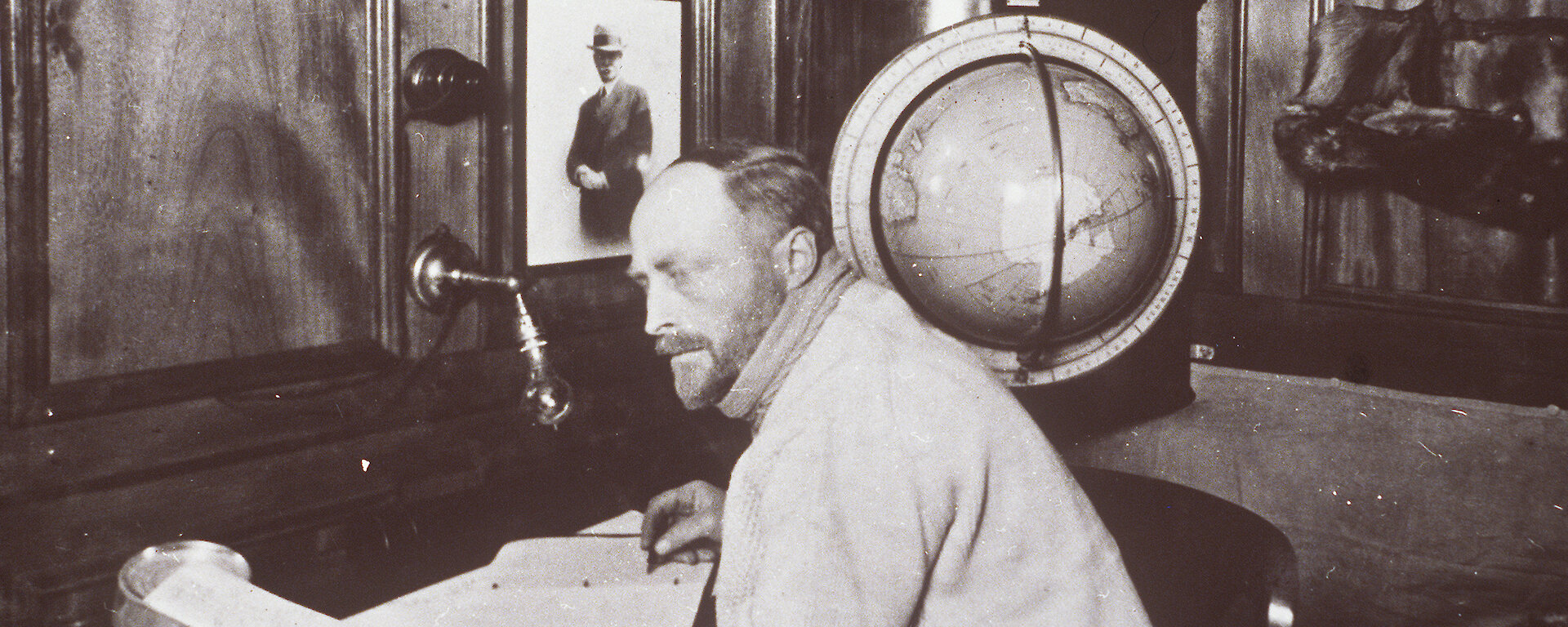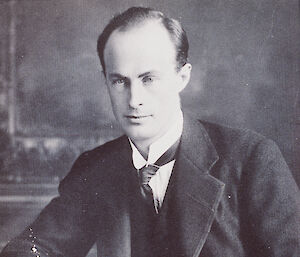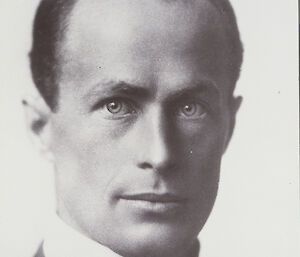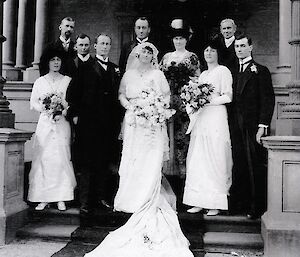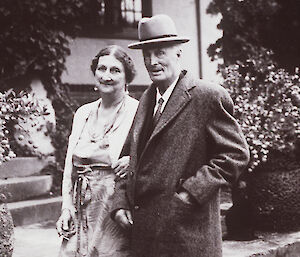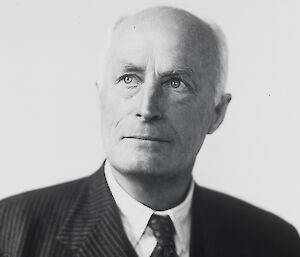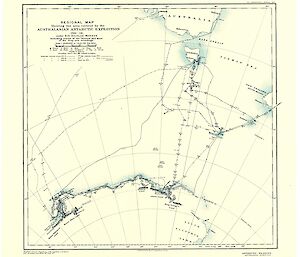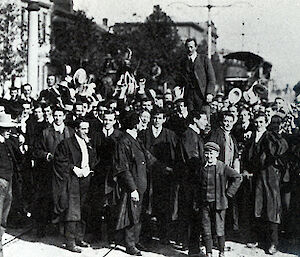1911 to 1914 Australasian Antarctic Expedition (AAE)
Explorers during this time were focused on being the first to reach the South Geographic Pole. However, Mawson’s passion for advancing scientific knowledge inspired him to develop an Australian-led Antarctic research expedition.
Embarking on the Australasian Antarctic Expedition (AAE) with Mawson, John King Davis captained the Aurora with a crew and 31 expeditioners. The ship carried materials for living huts, and wireless masts to establish the first radio communications in Antarctica. Five men set up a base at Macquarie Island, while the remainder sailed on to the Antarctic continent to establish 2 bases. Mawson led the Main Base at Commonwealth Bay. Frank Wild led the Western Base at Queen Mary Land.
In November 1912, the Far Eastern sledging party led by Mawson departed the Main Base at Commonwealth Bay, unaware of the tragedy about to unfold. On the traverse, Belgrave Ninnis was lost when he plummeted down a crevasse with a sledge carrying many of the supplies. Xavier Mertz perished from physical exhaustion, starvation and possible toxicity from eating dogs’ livers. Alone, Mawson was determined to return with the data and specimens they had collected. Mawson’s survival is testimony to his courage, physical strength, and psychological resilience. He struggled for 30 days, eventually reaching the base only to miss the ship retrieving the men by hours. Instead of returning on the Aurora, 6 men who had volunteered to search for the party overwintered again with Mawson.
The AAE successfully charted large segments of the east Antarctic coastline, and investigated sub-Antarctic Macquarie Island and the Southern Ocean. Their land exploration included over 6437 km in Adélie Land, King George V Land and Queen Mary Land. The expedition advanced scientific knowledge of Antarctica in the fields of geology, cartography, meteorology, geomagnetism, biology and marine science. Biological species on land and sea, never before encountered by humans, were described for the first time. The 22 volumes of scientific reports produced included meteorological data from all three bases, and geomagnetic field records collected over 18 months at Commonwealth Bay.
1929 to 1931 British, Australian, New Zealand Antarctic Research expeditions (BANZARE)
Keen to further Antarctic discovery, Mawson lobbied the British, Australian and New Zealand governments to fund an expedition. Philanthropist Macpherson Robertson donated 10,000 pounds to the expedition, a huge sum in 1928. In appreciation, Mawson named MacRobertson Land after the entrepreneurial owner of the Melbourne confectionery company.
The British, Australian and New Zealand Antarctic Research Expedition (BANZARE) did not use land bases to explore. Crucial work was successfully completed on voyages along much of the Antarctic coastline, and sub-Antarctic Iles Crozet, Iles Kerguelen, and Heard Island. Mawson’s team were the first to map much of the coast, providing a foundation for the establishment of the Australian Antarctic Territory.
Scientific advances were made in oceanography and biology, with results published in 13 volumes.
Awards and honours
On his return to Australia in 1914, Mawson achieved public acclaim for his achievements, and received a knighthood. Mawson’s account of the Australasian Antarctic Expedition, Home of the Blizzard, was published in 1915.
Mawson also received great recognition in the scientific community. He was made a fellow of the Royal Society of London in 1923, a foundation fellow of the Australian Academy of Science, and president of the Australian and New Zealand Association for the Advancement of Science from 1935 to 1937.
In later years, as a long serving member of the Australian Antarctic Executive Planning Committee, Mawson continued to support the Australia’s Antarctic research programs.
In recognition of his achievements in Antarctica, Mawson station, established in 1954, was named after him. By leading Australia’s first Antarctic research expedition, Mawson became an internationally acclaimed scientist and explorer. His face is well known today, having adorned postage stamps and the Australian $100 note.

